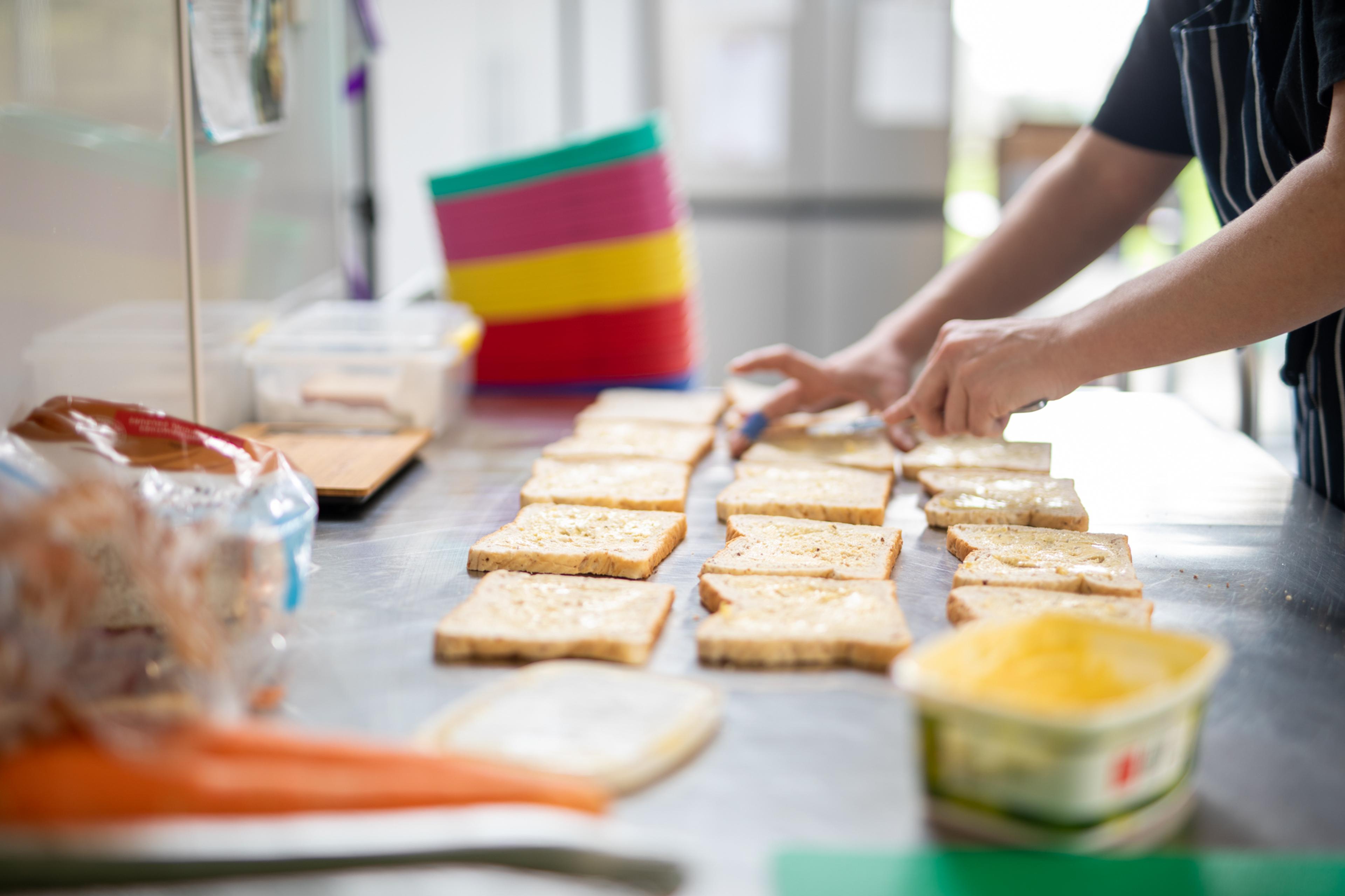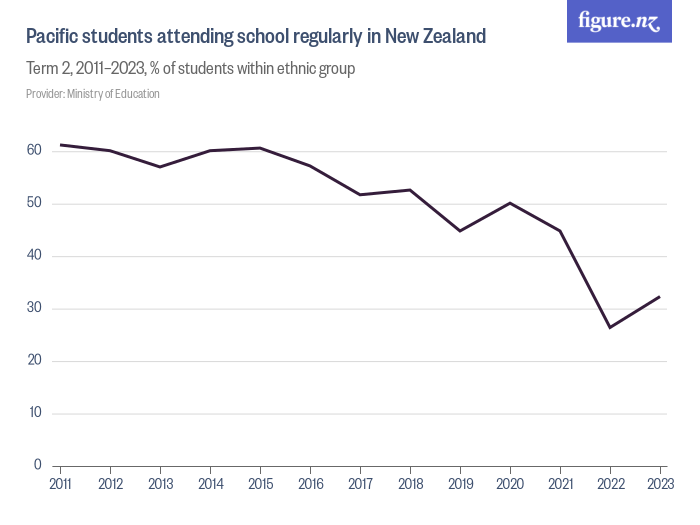

The free school lunches programme is under a review, as the government aims to cut costs.
Ka Ora, Ka Ako website
'It’s a no brainer': Health expert says the case for keeping free lunches is clear
Associate Education Minister David Seymour is reviewing the Ka Ora, Ka Ako Healthy School Lunches Programme, ahead of the Budget in May.



Holiday Classics: The sports films that bring families together

Memories over miles: South Aucklanders share their favourite holiday getaways



Ancient DNA shows how Pasifika carried pigs across the ocean

Holiday Classics: The sports films that bring families together

Memories over miles: South Aucklanders share their favourite holiday getaways

Educators and anti-poverty advocates are begging the government not to scrap free lunches in schools.
Ka Ora, Ka Ako Healthy School Lunches feeds more than 220,000 students, which is about a quarter of all New Zealand school pupils.
“It’s one of the most important nutrition interventions that we have ever run in this country,” says Health Coalition Aotearoa co-chair Lisa Te Morenga.
“When you’re hungry, it’s really hard to concentrate on the work that you’re doing, you’re just trying to get through the day.
“So it’s kind of a no brainer that having food in your belly will make it easier for you to do the work, concentrate and achieve in the classroom.”
However, Associate Education Minister David Seymour is reviewing the government-funded programme, wanting to cut running costs of by up to half. Speaking to Radio New Zealand, Seymour says free lunches hasn’t improved academic and attendance rates.
"When you've got a programme that is close to $350 million every year, you've got a duty to ask yourself is this programme delivering value for the people who need it most, not creating any waste, and having an effect on the government's overall objectives?"

Source/Ministry of Education
The programme was introduced in 2019, but a Treasury report last year said about 10,000 meals were left over each day.
Speaking to Levi Matautia-Morgan on 531pi's Pacific Mornings, Te Morenga says the waste component is overstated.
“Kids are fussy creatures, of course there’s going to be food going in the rubbish," she says.
“Schools are funded to produce a meal for every kid that attends every day, but on any one day, because of illnesses and absences, you might not have all those kids."
She says that doesn’t mean the meals are all wasted.
“Some schools might make them available for their kids to take home at the end of the day, or for families who really need it.
“Manurewa High School often redistributes their excess meals to community groups and food backs, or that school has big freezers because they have a commercial kitchen and they can freeze excess meals so that they can give kids food in the holidays when school’s out.”

Health Coalition Aotearoa is urging the government to continue free lunches in schools. Photo/Unsplash
Te Morenga says the lunches have many benefits.
“All of those kids are being modeled healthy food and getting to learn to taste new things that they might not be able to afford in their own homes and they're seeing their peers eating it so they're actually trying new foods.
She says making sure every kid gets the lunch in school, even if some kids don’t need it, reduces the stigma.
“So no one’s being singled out, as ‘hey, you come from a poor neighbourhood, here, have my free lunch’, and when you’re supplying the whole school, it makes it efficient to run."
Saving money - at what cost?
The New Zealand Health Survey found 40 per cent of Pacific children up to the age of 14 were “food insecure”, living in households that run out of food sometimes or often.
The Health Coalition researcher Dr Pippa McKelvie-Sebileau says missing meals has a direct impact on academic achievement, shown in the 2022 Program for International Student Acheivement (PISA) data.
"Students who missed meals even just once a week scored much lower than their peers who never went hungry.
"For example, in maths the gap was 60 points between students who never go hungry and those who miss a meal once a week and 83 points for students who miss meals two to three times a week."
McKelvie-Sebileau says achievement for students who miss meals due to lack of money are two to four years behind their peers who never miss meals.
Te Morena says nutrition rates are also a factor, further impacted by the rising cost of living.
"The foods that families can afford don’t always support optimal learning.
“Things like rice and instant noodles, they fill you up with energy, fill your tummy, but they’re missing all the vitamins and minerals that we get from eating our fruits and vegetables and lean meats regularly.”

Less than a third of Pacific students are attending school regularly (more than 90% of the term).
In term three last year, only a third of Pacific students attended school regularly. Te Morenga says the government are taking a blanket view of attendance declining education rates and not connecting these with wider social issues that impact Pacific and Māori communities.
“This is just my opinion, but I listened to Christopher Luxon at Rātana Pa and Waitangi celebrations telling Māori families how our kids could be doing better was for parents to make sure they’re going to school, as though the only reason that kids aren’t going to school is just because parents are a bit too soft on their kids, and it ignores the fact that schools are not necessarily safe places for our kids.
“This idea that Māori and Pacific families are getting more than their fair share of health services, more than their fair share of benefits or public money, and this sort of acceptance of quite racist free speech … so how can our kids succeed to their greatest potential when they are feeling all those microaggressions every day in the classroom?”
Watch the full interview with Health Coalition Aotearoa co-chair Lisa Te Morenga on Pacific Mornings: